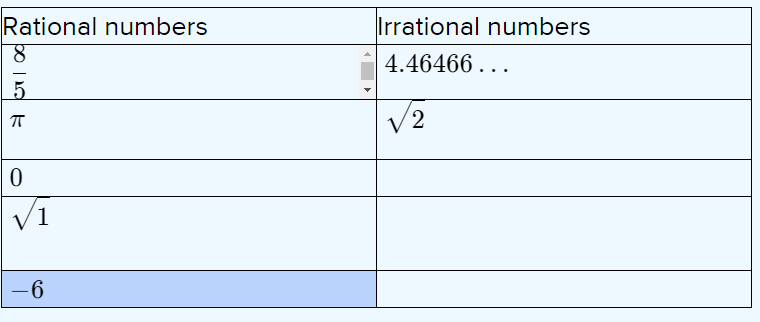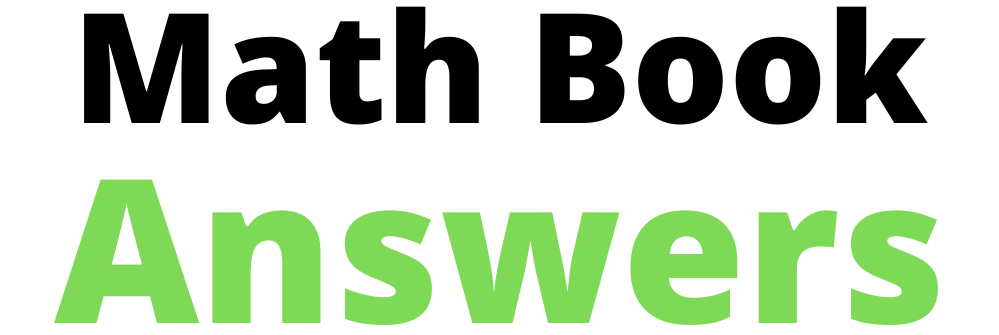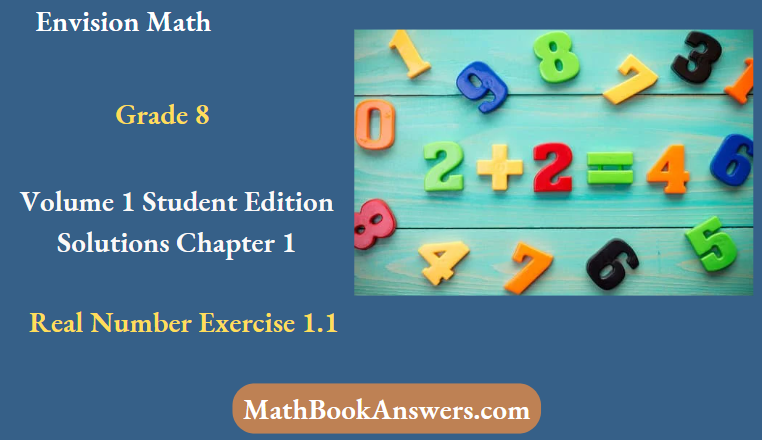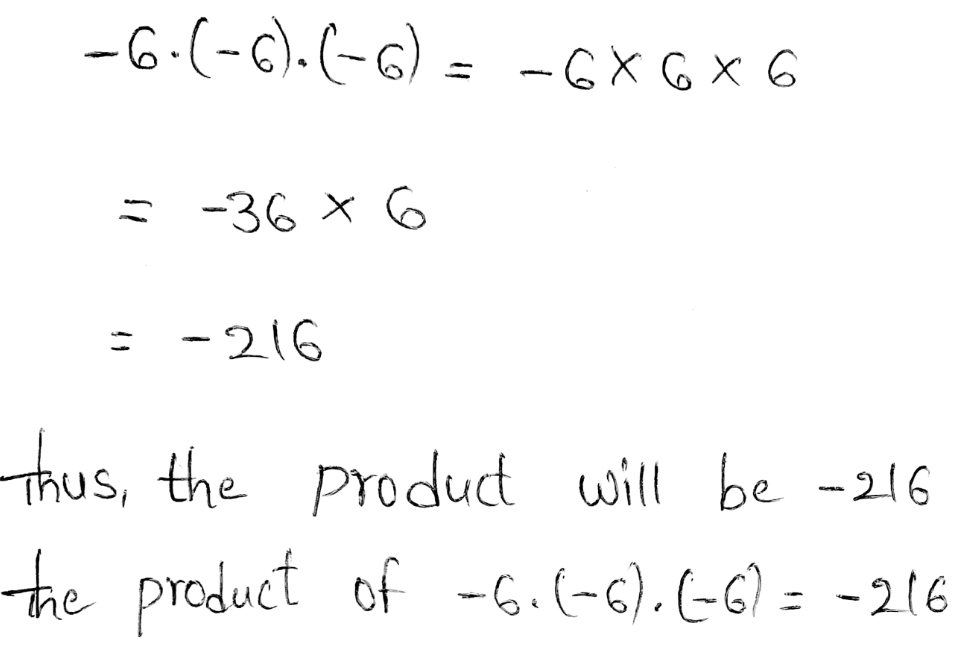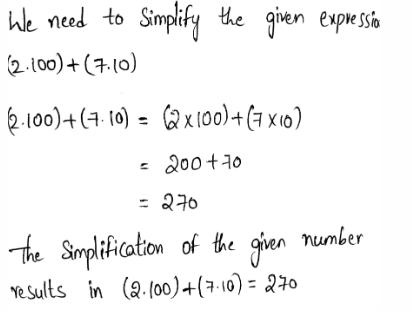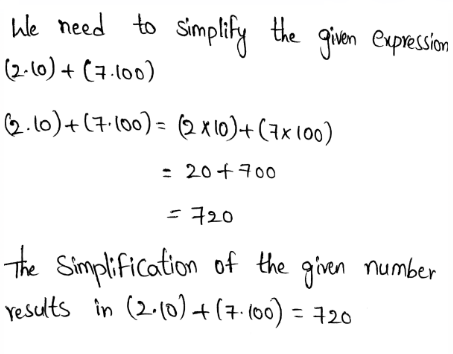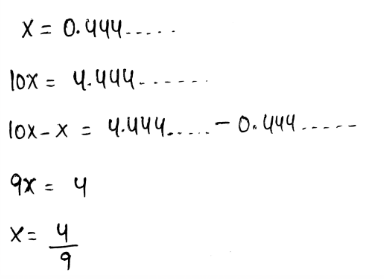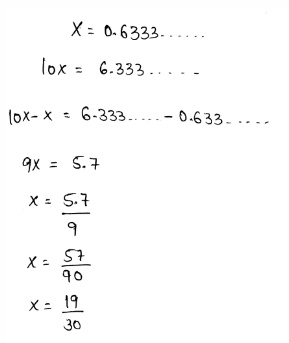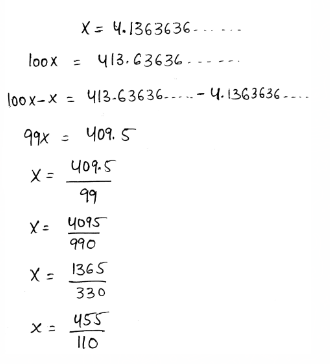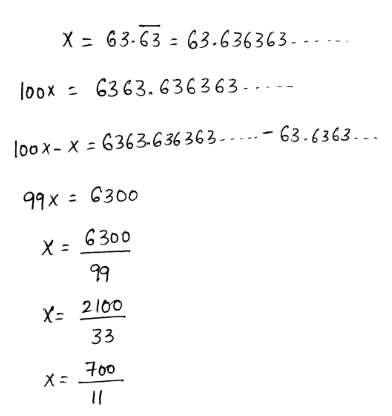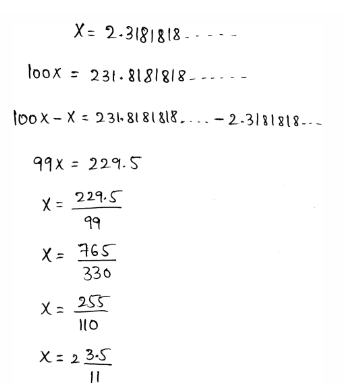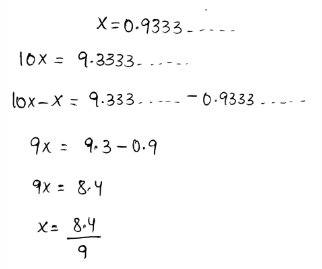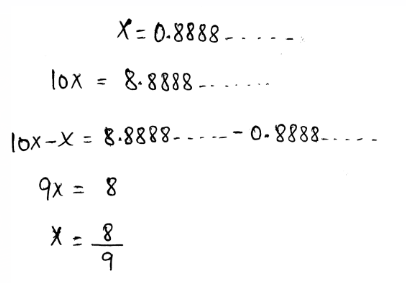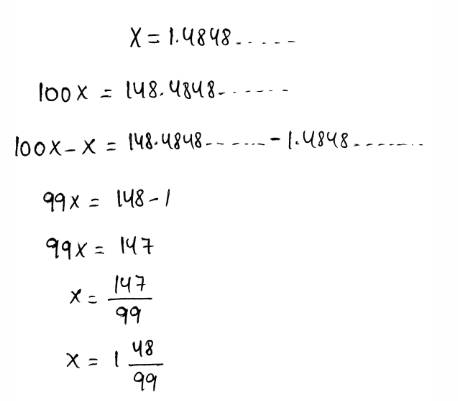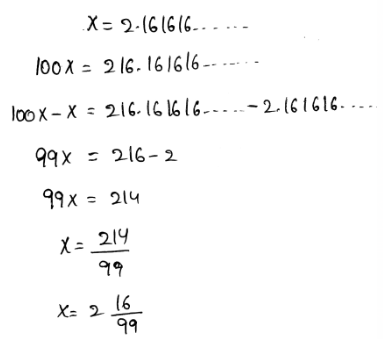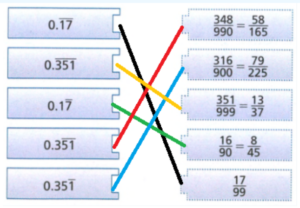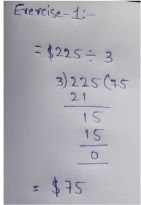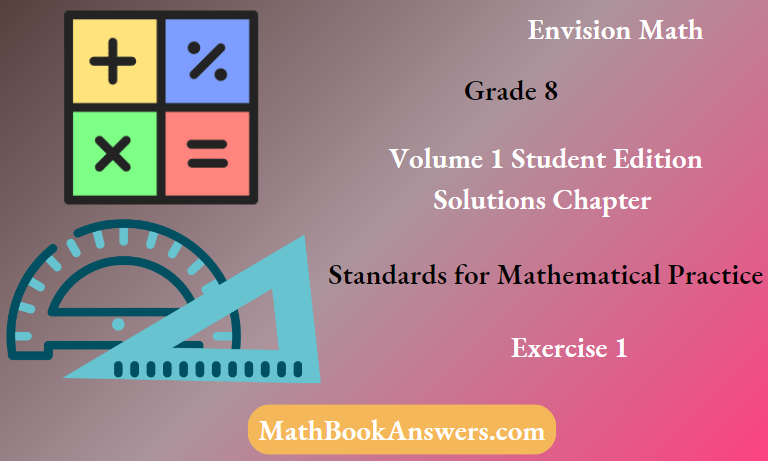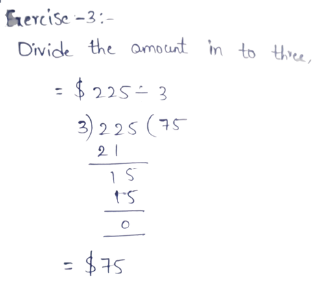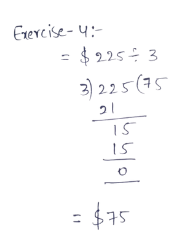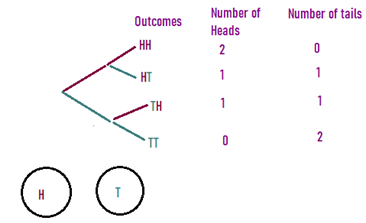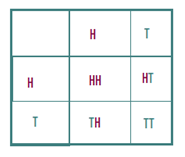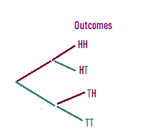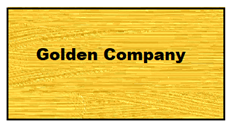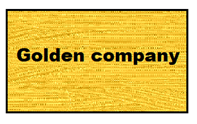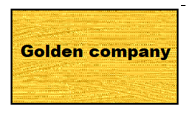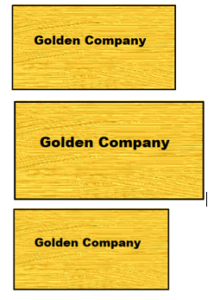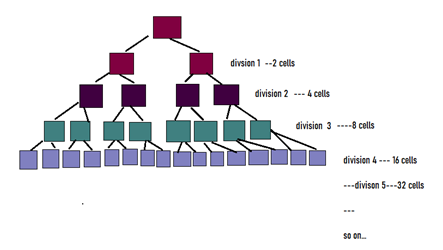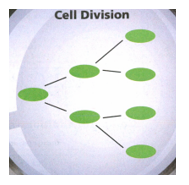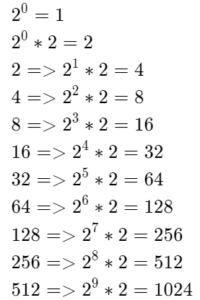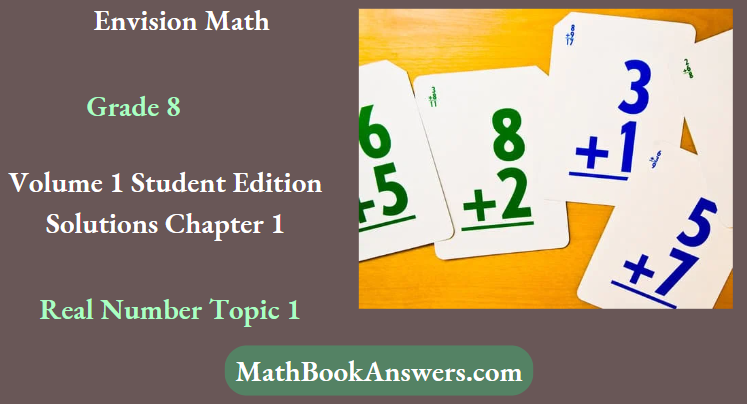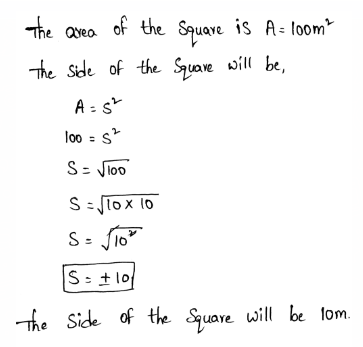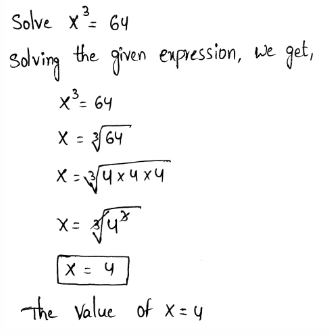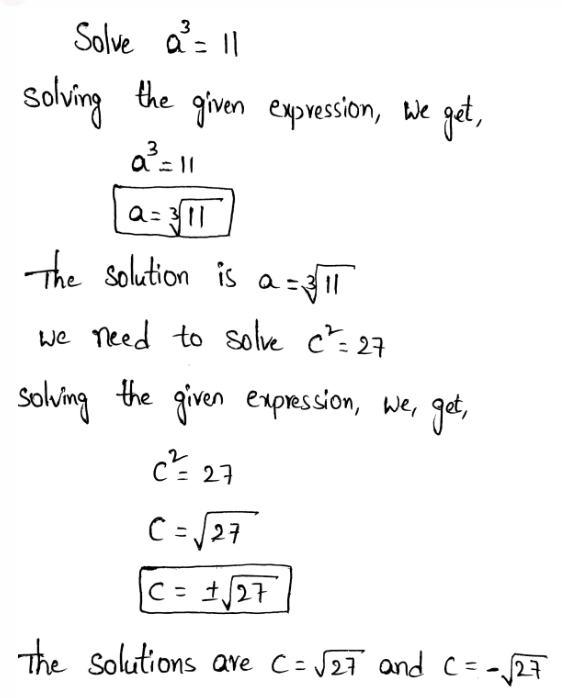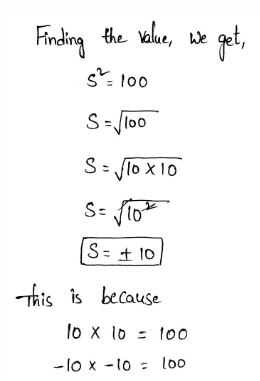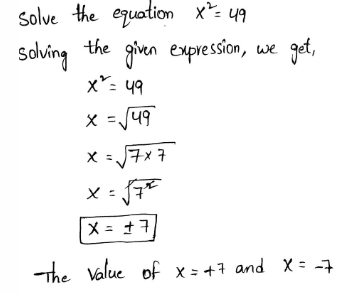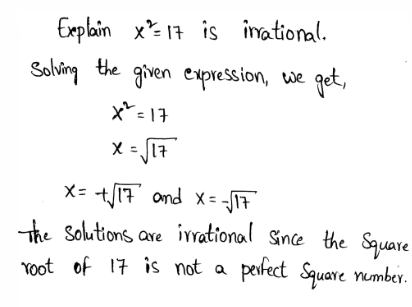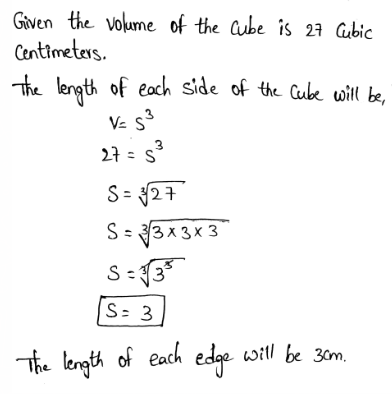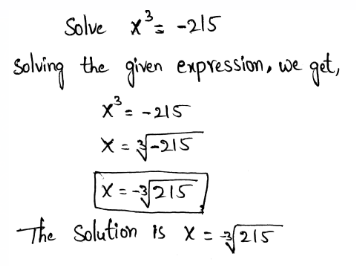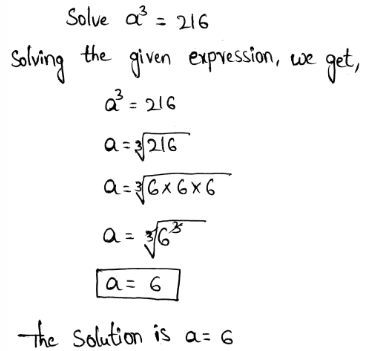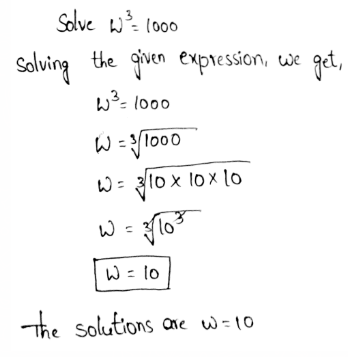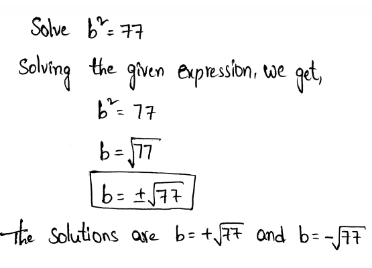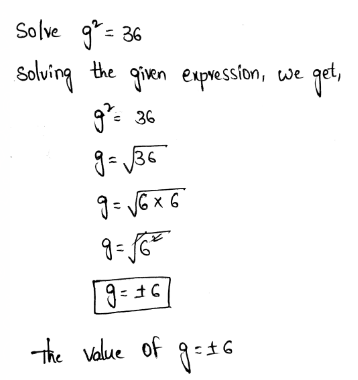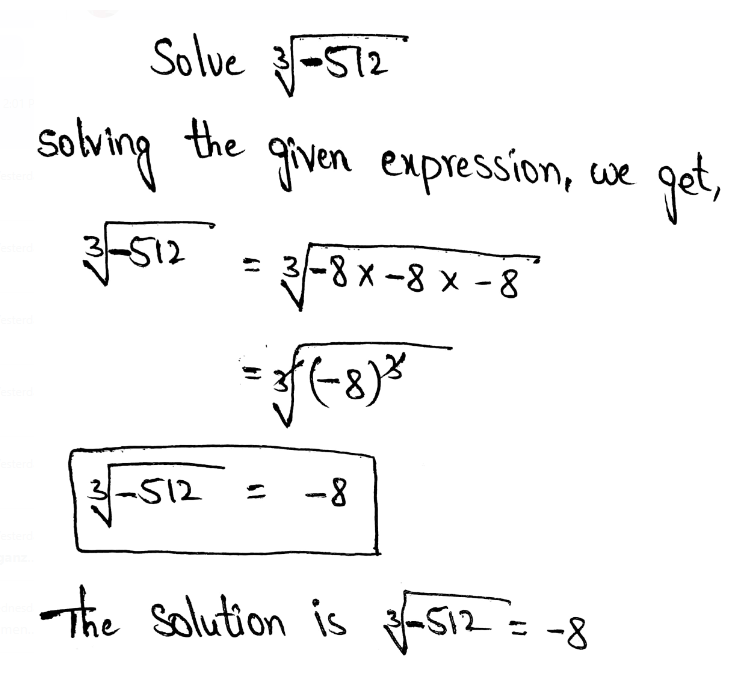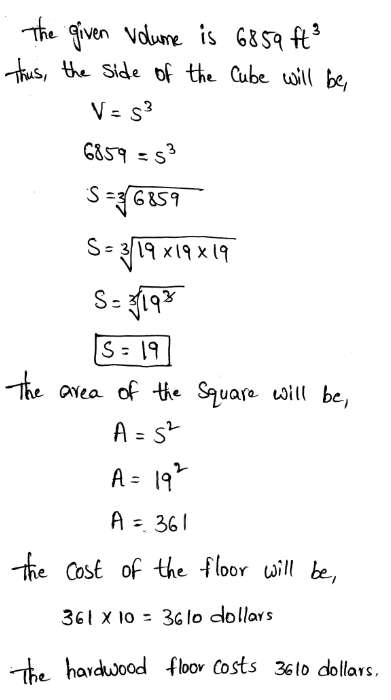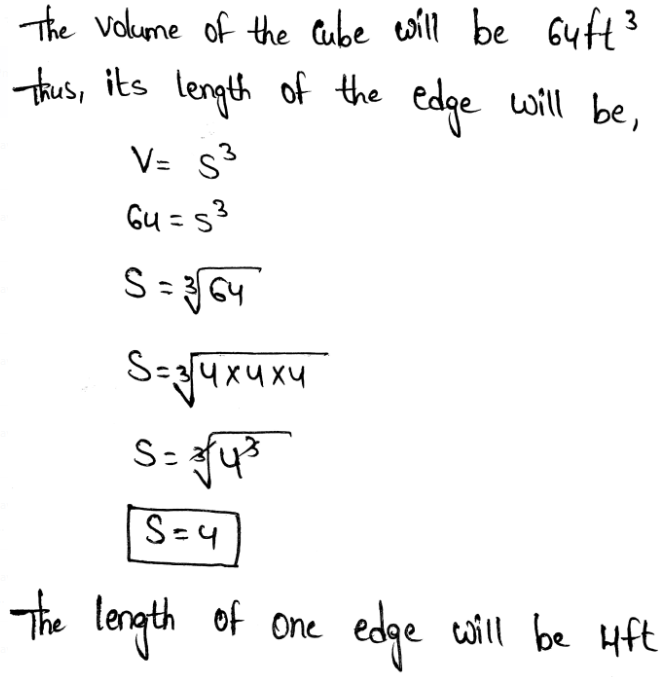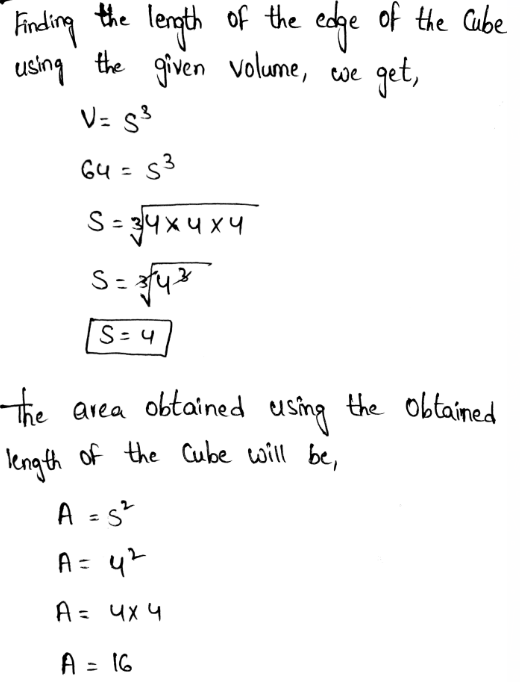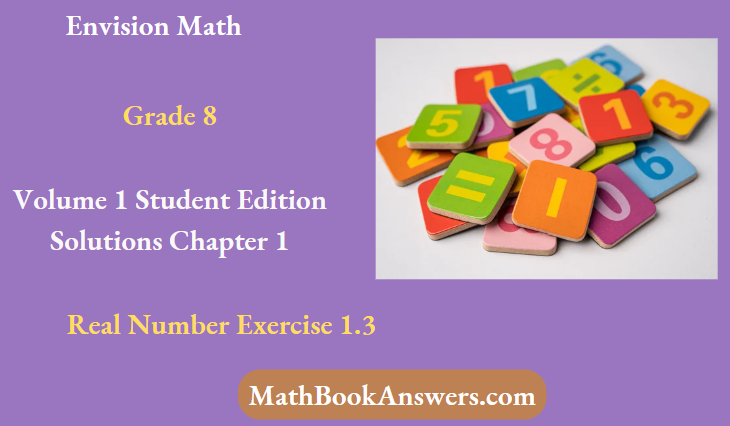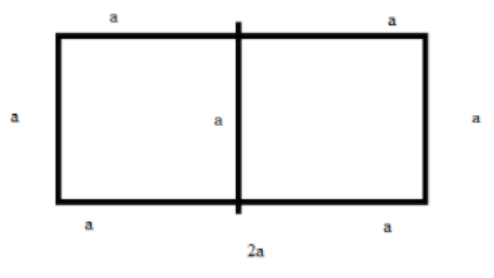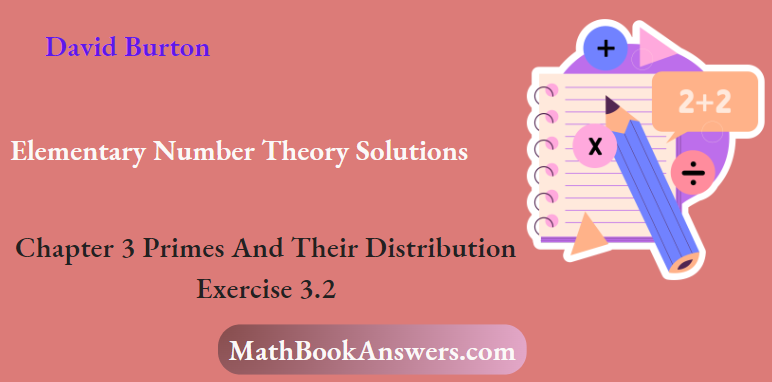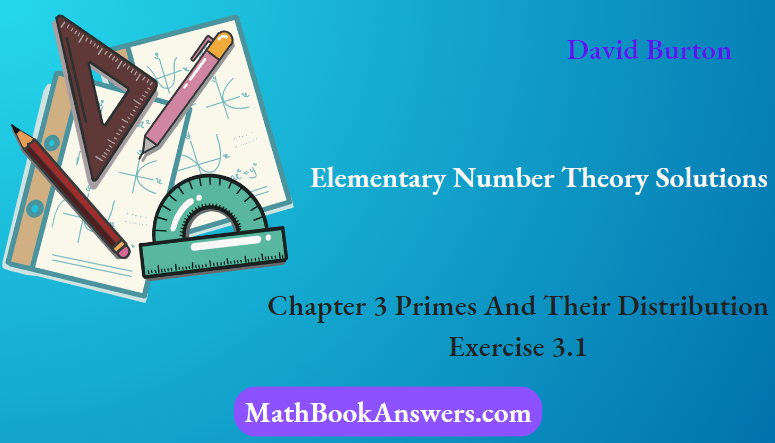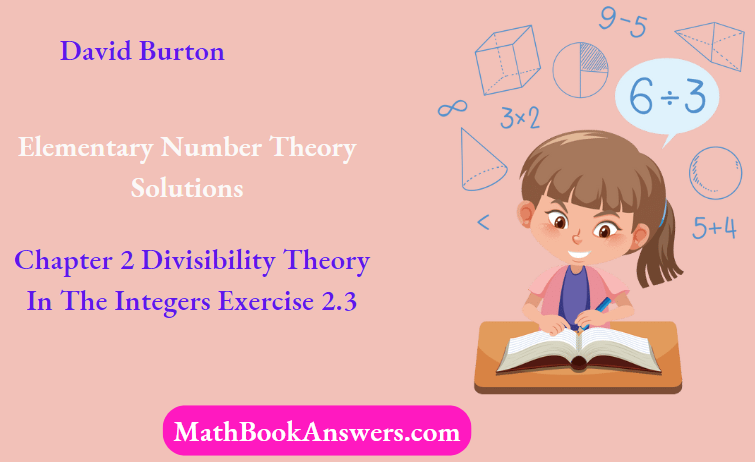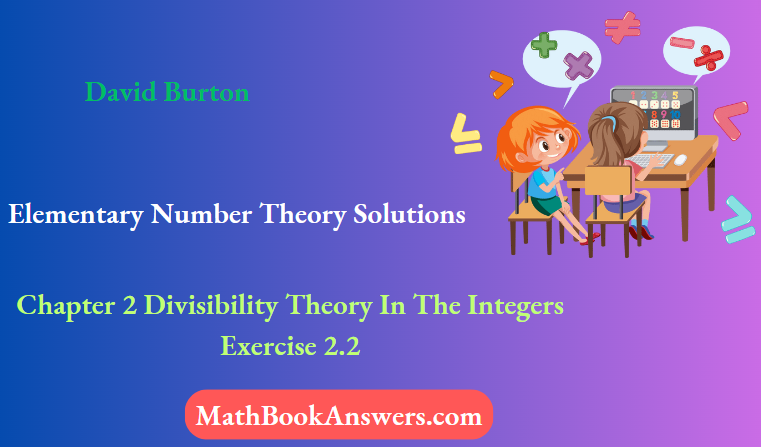Envision Math Grade 8 Volume 1 Student Edition Solutions Chapter 1 Real Number Exercise 1.2
Envision Math Grade 8 Volume 1 Chapter 1 Exercise 1.2 Real Number Solutions
Page 13 Exercise 1 Answer
Given that, Sofia wrote a decimal as a fraction. Her classmate Nora says that her method and answer are not correct. Sofia disagrees and says that this is the method she learned.
We need to construct Arguments whether Nora or Sofia is correct or not.
The given decimal is 0.12112111211112…
Here, Sofia wrote this decimal as a fraction.
But it cannot be represented as a fraction since the given number is an irrational number.
Only terminating and repeating decimals can be represented as a fraction.
Here, the decimal is not terminating and it is not repeating. Thus, it cannot be represented as a fraction.
Nora’s Argument is correct. The given number cannot be represented as a fraction since it is an irrational number.
Page 13 Exercise 2 Answer
We need to write another nonterminating decimal number that can not be written as a fraction.
Only terminating and repeating decimals can be represented as a fraction.
If the decimal is not terminating and it is not repeating, it cannot be represented as a fraction.
Some of the examples of nonterminating decimal numbers that can not be written as fractions are,
0.15267389…
0.3512649…
0.125112511125…
Another nonterminating decimal number that can not be written as a fraction is 0.125112511125…
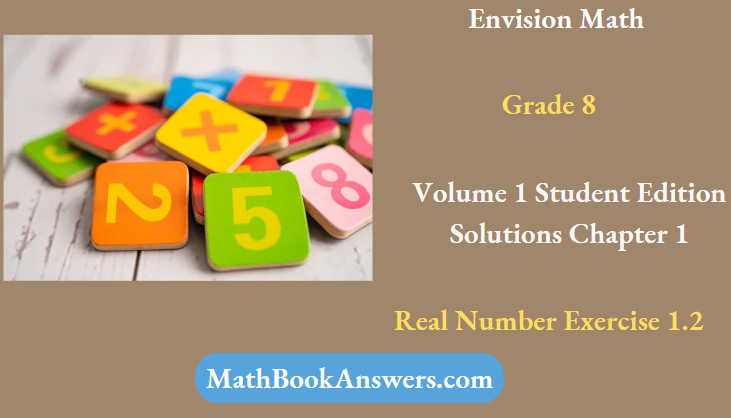
Page 13 Exercise 1 Answer
We need to find whether 0.12112111211112… is a rational number or not.
Irrational numbers cannot be represented as a fraction.
Irrational numbers are non-terminating and non-repeating in nature.
Only terminating and repeating decimals can be represented as a fraction.
Rational numbers are terminating and repeating in nature.
Here, the given number 0.12112111211112… is non-terminating and non-repeating in nature.
Hence, it is an irrational number.
The given decimal 0.12112111211112… is an irrational number.
Envision Math Grade 8 Student Edition Exercise 1.2 Real Numbers Answers
Envision Math Grade 8 Volume 1 Student Edition Solutions Chapter 1 Real Number Exercise 1.2 Page 14 Question 1 Answer
We need to explain how an irrational number is different from a rational number.
Irrational numbers cannot be represented as a fraction.
Irrational numbers are non-terminating and non-repeating in nature.
Only terminating and repeating decimals can be represented as a fraction.
Rational numbers are terminating and repeating in nature.
Only rational numbers can be represented as a fraction while irrational numbers cannot.
Terminating and repeating decimals are known as rational numbers while non-terminating and non-repeating decimals are known as irrational numbers.
Page 14 Exercise 1 Answer
We need to classify the below numbers as rational or irrational.
The numbers are
π
3.565565556…
0.04053661…
-17
0.76
3.275
Irrational numbers cannot be represented as a fraction. Irrational numbers are non-terminating and non-repeating in nature.
Only terminating and repeating decimals can be represented as a fraction.
Rational numbers are terminating and repeating in nature. Only rational numbers can be represented as a fraction while irrational numbers cannot.
Rational numbers are:
π=3.14159
−17
0.76
3.275
Irrational numbers are:
3.565565556…
0.04053661…

Page 15 Exercise 2 Answer
We need to classify the below numbers as rational or irrational.
\(\frac{2}{3}\),√25,−0.75,√2,7,548,123
Irrational numbers cannot be represented as a fraction. Irrational numbers are non-terminating and non-repeating in nature.
Only terminating and repeating decimals can be represented as a fraction.
Rational numbers are terminating and repeating in nature. Only rational numbers can be represented as a fraction while irrational numbers cannot.
Rational numbers are:
\(\frac{2}{3}\),√25,−0.75,7,548,123
Irrational number is: √2
Rational numbers: \(\frac{2}{3}\),√25,−0.75,7,548,123
Irrational numbers: √2
Envision Math Grade 8 Volume 1 Student Edition Solutions Chapter 1 Real Number Exercise 1.2 Page 14 Exercise 1 Answer
Given that, Jen classifies the number 4.567 as irrational because it does not repeat. We need to construct arguments whether Jen is correct or not.
Irrational numbers cannot be represented as a fraction.
Irrational numbers are non-terminating and non-repeating in nature.
Only terminating and repeating decimals can be represented as a fraction.
Rational numbers are terminating and repeating in nature.
Only rational numbers can be represented as a fraction while irrational numbers cannot.
The number 4.567 is terminating in nature.
Hence, the given number is a rational number.
Jen’s argument is incorrect.
Page 16 Exercise 1 Answer
We need to describe the difference between the irrational number and a rational number.
Irrational numbers cannot be represented as a fraction.
Irrational numbers are non-terminating and non-repeating in nature.
Only terminating and repeating decimals can be represented as a fraction.
Rational numbers are terminating and repeating in nature.
Only rational numbers can be represented as a fraction while irrational numbers cannot.
Terminating and repeating decimals are known as rational numbers while non-terminating and non-repeating decimals are known as irrational numbers.
Page 16 Exercise 3 Answer
We need to explain whether a number could ever be both rational and irrational.
Irrational numbers cannot be represented as a fraction.
Irrational numbers are non-terminating and non-repeating in nature.
Only terminating and repeating decimals can be represented as a fraction.
Rational numbers are terminating and repeating in nature.
Only rational numbers can be represented as a fraction while irrational numbers cannot.
A number could never be both rational and irrational. It has to be one or the other.
Real Number Solutions Grade 8 Exercise 1.2 Envision Math
Envision Math Grade 8 Volume 1 Student Edition Solutions Chapter 1 Real Number Exercise 1.2 Page 16 Exercise 4 Answer
We need to explain whether the number 65.4349224… is rational or irrational.
Irrational numbers cannot be represented as a fraction.
Irrational numbers are non-terminating and non-repeating in nature.
Only terminating and repeating decimals can be represented as a fraction.
Rational numbers are terminating and repeating in nature.
Only rational numbers can be represented as a fraction while irrational numbers cannot.
The given number 65.4349224… is non-terminating and non-repeating in nature.
Hence, it is an irrational number.
The given number 65.4349224… is an irrational number.
Page 16 Exercise 5 Answer
We need to explain whether the number√2500 is rational or irrational.
Irrational numbers cannot be represented as a fraction.
Irrational numbers are non-terminating and non-repeating in nature.
Only terminating and repeating decimals can be represented as a fraction.
Rational numbers are terminating and repeating in nature.
Only rational numbers can be represented as a fraction while irrational numbers cannot.
The given number √2500 = 50 is a perfect square number.
Hence, it is an rational number.
The given number √2500 is an rational number.
Envision Math Grade 8 Chapter 1 Exercise 1.2 Solutions
Envision Math Grade 8 Volume 1 Student Edition Solutions Chapter 1 Real Number Exercise 1.2 Page 16 Exercise 6 Answer
We need to classify each number as rational or irrational.
The numbers given are,
\(4.2 \overline{7}\)
0.375
0.232342345…
\(\sqrt{62}\) \(-\frac{13}{1}\)Irrational numbers cannot be represented as a fraction.
Irrational numbers are non-terminating and non-repeating in nature.
Only terminating and repeating decimals can be represented as a fraction.
Rational numbers are terminating and repeating in nature.
Only rational numbers can be represented as a fraction while irrational numbers cannot.
Rational numbers are:
\(4.2 \overline{7}\)0.375
\(-\frac{13}{1}\)Irrational numbers are:
0.232342345…
\(\sqrt{62}\)Rational numbers: \(4.2 \overline{7}, 0.375, \frac{-13}{1}\)
Irrational numbers: 0.232342345…, \(\sqrt{62}\)
Page 17 Exercise 7 Answer
We need to explain whether the number5.787787778… is rational or irrational.
Irrational numbers cannot be represented as a fraction.
Irrational numbers are non-terminating and non-repeating in nature.
Only terminating and repeating decimals can be represented as a fraction.
Rational numbers are terminating and repeating in nature.
Only rational numbers can be represented as a fraction while irrational numbers cannot.
The given number 5.787787778… is non-terminating and non-repeating in nature.
Hence, it is an irrational number.
The given number 5.787787778… is an irrational number.
Envision Math 8th Grade Exercise 1.2 Step-By-Step Real Number Solution
Envision Math Grade 8 Volume 1 Student Edition Solutions Chapter 1 Real Number Exercise 1.2 Page 17 Exercise 8 Answer
We need to explain whether the number √42 is rational or irrational.
Irrational numbers cannot be represented as a fraction.
Irrational numbers are non-terminating and non-repeating in nature.
Only terminating and repeating decimals can be represented as a fraction.
Rational numbers are terminating and repeating in nature.
Only rational numbers can be represented as a fraction while irrational numbers cannot.
The given number √42 is not the square root of a perfect square number.
Hence, it is an irrational number.
The given number √42 is an irrational number.
Page 17 Exercise 10 Answer
We need to circle the irrational number in the given list:

Irrational numbers cannot be represented as a fraction.
Irrational numbers are non-terminating and non-repeating in nature.
Only terminating and repeating decimals can be represented as a fraction.
Rational numbers are terminating and repeating in nature.
Only rational numbers can be represented as a fraction while irrational numbers cannot.
\(7.2 \overline{7}=7.27777 \ldots\)
These are rational numbers since it is repeating and terminating in nature.
The number √15 is irrational since 15 is not a perfect square number.
The irrational number is circled below,

Page 17 Exercise 11 Part (a) Answer
The given numbers are 5.737737773…,26,√45 \(\frac{-3}{2}\),0,9
We need to find the rational numbers in it.
Irrational numbers cannot be represented as a fraction.
Irrational numbers are non-terminating and non-repeating in nature.
Only terminating and repeating decimals can be represented as a fraction.
Rational numbers are terminating and repeating in nature.
Only rational numbers can be represented as a fraction while irrational numbers cannot.
The rational numbers are 26,\(\frac{-3}{2}\),0,9
The rational numbers in the list will be 26,\(\frac{-3}{2}\),0,9
Envision Math Grade 8 Volume 1 Student Edition Solutions Chapter 1 Real Number Exercise 1.2 Page 18 Exercise 14 Answer
We need to check whether the decimal form of \(\frac{13}{3}\) is a rational number or not.
Irrational numbers cannot be represented as a fraction.
Irrational numbers are non-terminating and non-repeating in nature.
Only terminating and repeating decimals can be represented as a fraction.
Rational numbers are terminating and repeating in nature.
Only rational numbers can be represented as a fraction while irrational numbers cannot.
The decimal form of the given number is,
\(\frac{13}{3}=4.33333 \ldots\)The given number is non-terminating and repeating in nature.
Thus, the given number is rational.
The decimal form of \(\frac{13}{3}\) is rational.
How To Solve Exercise 1.2 Real Numbers In Envision Math Grade 8
Page 18 Exercise 18 Answer
We need to find the rational numbers among the following:
1. 1.111111…
2. 1.567…
3. 1.101101110…
Irrational numbers cannot be represented as a fraction.
Irrational numbers are non-terminating and non-repeating in nature.
Only terminating and repeating decimals can be represented as a fraction.
Rational numbers are terminating and repeating in nature.
Only rational numbers can be represented as a fraction while irrational numbers cannot.
1. 1.111111…
This number is rational since it is repeating in nature.
2. 1.567…
This number is irrational since it is non-repeating and non-terminating in nature.
3. 1.101101110…
This number is irrational since it is non-repeating and non-terminating in nature.
The correct option is (E) I only.
Only 1. 1.111111… is rational others are irrational.
Envision Math Grade 8 Exercise 1.2 Practice Problems
Envision Math Grade 8 Volume 1 Student Edition Solutions Chapter 1 Real Number Exercise 1.2 Page 18 Exercise 19 Answer
We need to classify the given numbers as rational or irrational.
The numbers are
\(\frac{8}{5}, \pi, 0, \sqrt{1}, 4.46466 \ldots,-6, \sqrt{2}\)The given numbers are \(\frac{8}{5}, \pi, 0, \sqrt{1}, 4.46466 \ldots,-6, \sqrt{2}\)
Irrational numbers cannot be represented as a fraction.
Irrational numbers are non-terminating and non-repeating in nature.
Only terminating and repeating decimals can be represented as a fraction.
Rational numbers are terminating and repeating in nature.
Only rational numbers can be represendted as a fraction while irrational numbers cannot.
\(\frac{8}{5}, \pi=\frac{22}{7}, 0, \sqrt{1},-6\) are rationa since it is terminating in nature.
4.46466…., √2 are irrational since it is nonterminating and the roots are not of the perfect squares.
